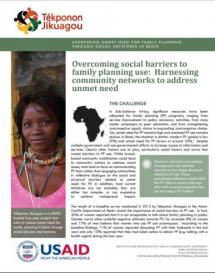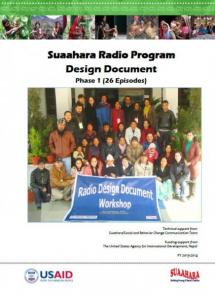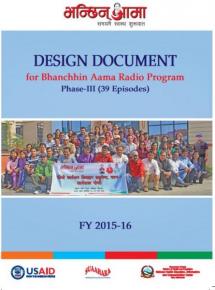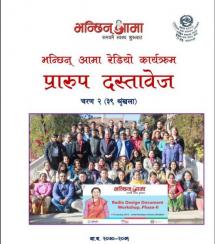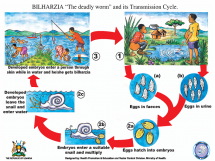Overcoming Social Barriers to Family Planning Use: Harnessing Community Networks to Address Unmet Need
This report describes how the Tékponon Jikuagou team developed a project to overcome sovial barriers to family planning by utilizing social networks.
The results of a baseline survey conducted in 2013 by Tekponon Jikuagou revealed the importance of social barriers to FP use. In fact, 36% of women reported that it is not acceptable to talk about family planning in public.
To address these barriers, the Tékponon Jikuagou project in Malawi intervened through social networks, applying network theory and analysis to move beyond a view of women and men as individuals, to an understanding of them as members of formal and informal social networks. Tékponon Jikuagou represents one of the first applications of SNA in the field of FP.
The attached file has both the English and French versions of the report.
Source: Institute for Reproductive Health/Georgetown
Date of Publication: March 25, 2019
SIMILIAR RESOURCES
Tools
Examples
- How-To Guide for a Social Network Diffusion Intervention to Overcome Social Barriers to Family Planning
- Using Social & Behavior Change To Improve Family Planning Outcomes / Utilisation du Changement Social et Comportemental pour Améliorer le Bilan du Planning Familial en Afrique de l'Ouest
- Innovation Brief: Breaking Down Barriers to Family Planning Access by Engaging Agents of Change
- Promoting Quality Malaria Medicines Through SBCC: An Implementation Kit
- Using a Behavioral Economics Approach for Family Planning
- Integrating Human-Centered Design in a Multidisciplinary Effort to Address Provider Bias: The Beyond Bias Experience
- Overcoming Barriers to TB Control: The Role of Advocacy, Communication, and Social Mobilization [Curriculum]
- Men as More than Partners: Increasing Men’s Use of Sexual and Reproductive Health Products and Services through SBCC
- Factors Impacting Use of Health Services by First-time/Young parents: A Formative Research Toolkit
- Gender and Health Hub
- Addressing Unmet Need for Family Planning through Social Networks in Benin
- Using Network Analysis to Address Unmet Need in Mali
- Dismantling Social Barriers to Family Planning Use: Tékponon Jikuagou in Benin
- Women’s Social Networks, Family Planning Use and Unmet Need: Formative Research Findings from Terikunda Jékulu
- Topline Results of Rapid Assessment of Barriers to Family Planning Use

